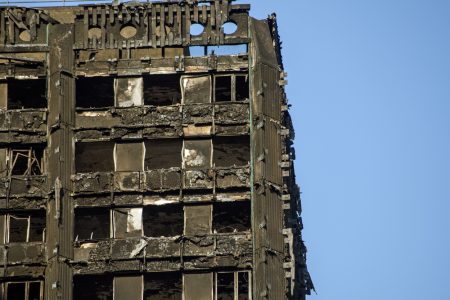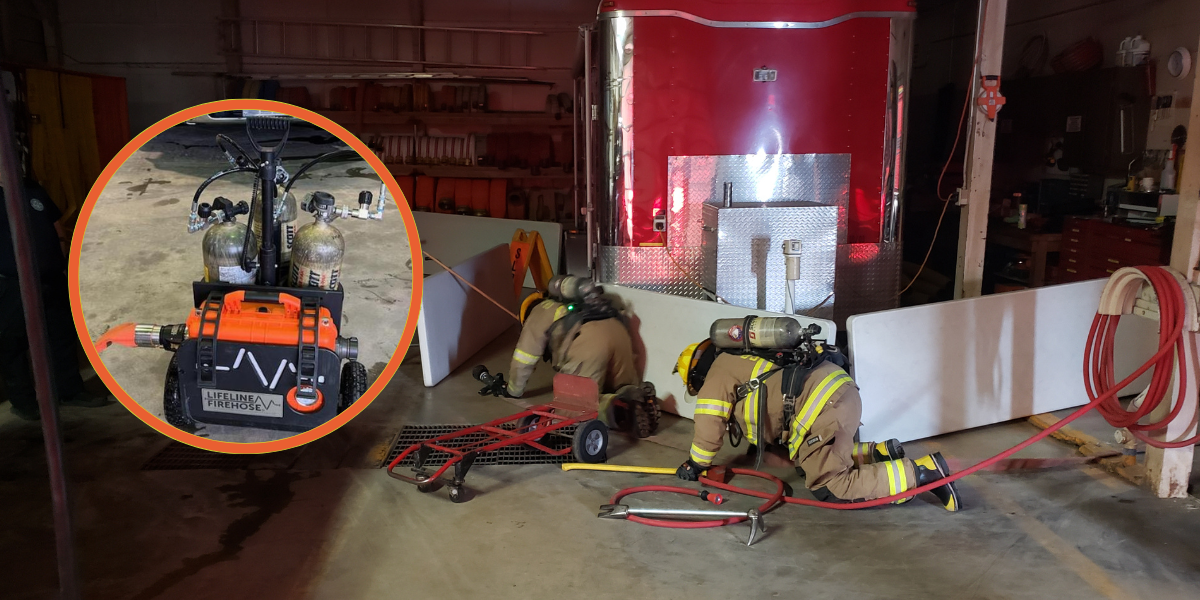Fire-resistant cladding plan was dropped for Grenfell Tower
A proposal to fit Grenfell Tower with fire-resistant cladding was dropped due to pressure from the Conservative council to cut the cost of refurbishment.
A cladding company provided a £3.3m quote to fit non-flammable aluminium panels to the 24 storey tower in West London at the request of Leadbitter, Kensington and Chelsea’s preferred contractor in 2013.
But a few months later the council decided Leadbitter wanted to spend too much on the refurbishment and put the contract out to tender to save £1.3m. It selected Rydon, which provided a lower price but fitted the building with combustible cladding which caught fire on 14 June 2017, killing 72 people in what lawyers for victims have called a “national atrocity”.
If the solid aluminium cladding had been chosen it would have almost certainly saved lives, fire safety experts said, and it could also have been cheaper. The council’s housing arm ended up agreeing to a budget which put the cost for the plastic-filled aluminium panels and synthetic insulation which burned so fiercely at £3.5m – £200,000 more than the quote for the non-combustible materials.
Peter Hillyard, the director of D+B Facades, said his company was asked to provide costs for solid aluminium sheets which do not spread flame, backed with mineral wool insulation which does not burn. He said the thought his company’s safer and cheaper system was not used sent “a shiver down my spine”.
Geoff Wilkinson, an independent fire safety expert, said that if D+B’s version was used it would have performed better in the fire.
“There would have been little or no fire spread, so the lives lost at Grenfell may have been prevented,” said Stephen Mackenzie, an independent fire safety consultant.
The emergence of the proposal will heighten scrutiny of the procurement decisions made by the Kensington and Chelsea Tenants Management Organisation (KCTMO), which managed the building, and the council, which owned it.
Scotland Yard detectives are investigating possible manslaughter and corporate manslaughter charges. They are also looking into “any failings of duty of care owed to victims of the fire”.
D+B’s system has passed the full-scale British Standard 8414 fire test. By contrast, Grenfell was clad in a combustible synthetic insulation, faced with aluminium composite panels that had a combustible polyethylene core. The system has since been shown to fail the fire test.
Researchers claim the panel system used for Grenfell had a calorific value equivalent to 12,000 litres of petrol, while the insulation foam added the equivalent of almost another 20,000 litres. The foam has also been shown to release cyanide gas when it burns and it is feared this may have contributed to the death toll.
There was sustained pressure from the council to cut costs on the project despite the authority being in “robust” financial health, according to accounts for 2014. It had £235m in usable reserves and had underspent its budget for services by £23m.









